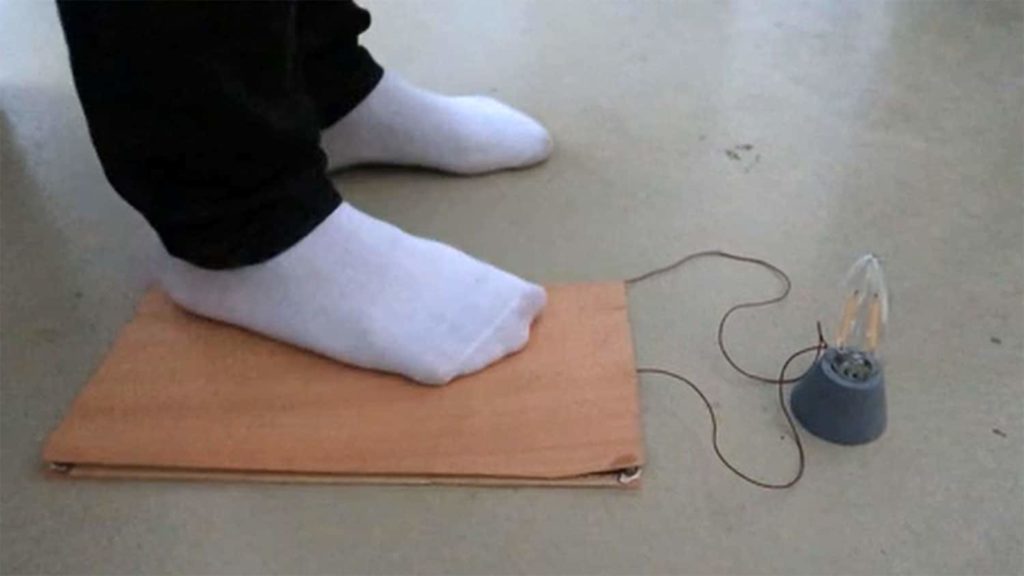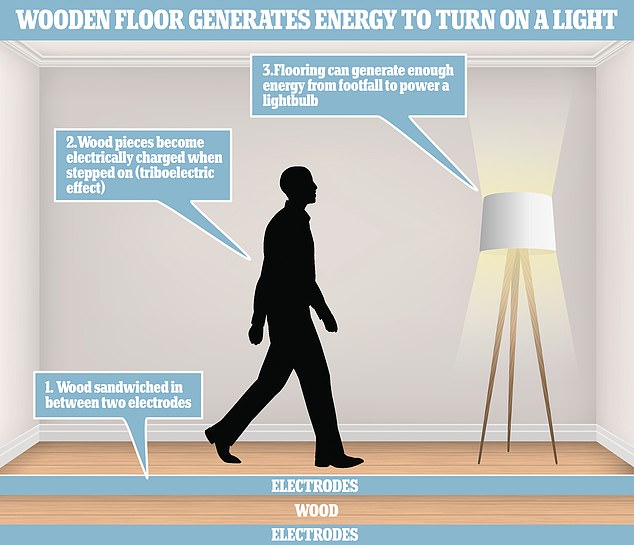The triboelectric effect, of which static electricity is a good example, sees certain materials create an electrical charge when separated from a different material, like a sock being pulled apart from a fresh shirt it is clinging to when you pull it out of the dryer. This phenomenon also forms the basis of the new smart wooden flooring, which consists of two veneers of treated wood with electrodes layered underneath. But bringing the performance up to the desired levels involved some tinkering to address the limited ability of wood to generate electricity.

“Wood is basically triboneutral,” says senior author of the study Guido Panzarasa. “It means that wood has no real tendency to acquire or to lose electrons. So the challenge is making wood that is able to attract and lose electrons.”
The team’s solution involved coating one piece of wood with silicone that readily gains electrons upon contact, and embedding the other piece with metal ions and organic molecules that give it a higher tendency to lose electrons. This treatment was tested on different species of woodcut in different directions before the team landed on the most effective option, radially cut spruce.

According to the scientists, the treatment enabled their timber to generate electricity 80 times more efficiently than natural wood and provide a stable output under steady stress over up to 1,500 cycles. Fashioned into a patch of flooring about the size of an A4 sheet of paper, the material could produce enough electricity to power household LED lamps, calculators and other small electronics.

Scientists are now working to refine their treatment of the wood to make it more eco-friendly and easier to apply as they work toward commercial applications. Working in their favor is that the generator maintains the natural appearance and durability of wooden flooring, which could make it an attractive option for style-conscious designers of smart buildings into the future.
According to New Atlas














